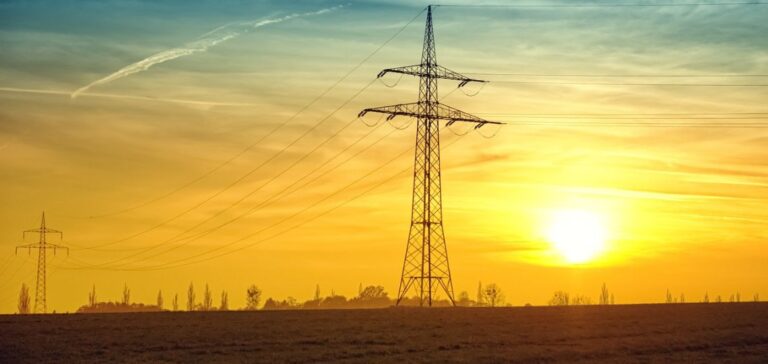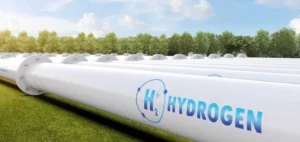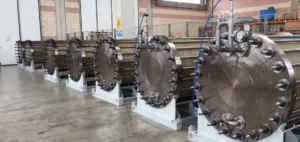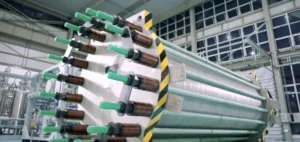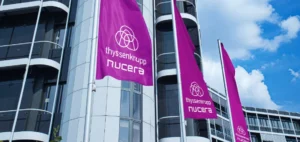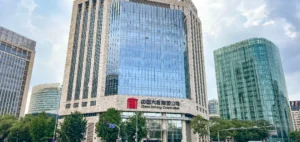In Zimbabwe, a green hydrogen power plant has been announced. Hydrogen from France (HDF Energy) has taken a new step in the development of high power green hydrogen in Zimbabwe by formalizing the Middle Sabi Renewstable® in a Memorandum of Understanding to supply electricity to the Zimbabwe Electricity Transmission and Distribution Company (ZETDC).
A signing ceremony for the MOU presided over by His Excellency E. D. Mnangagwa, President of the Republic of Zimbabwe, was held during the International Conference on Renewable Energy in Victoria Falls. John Diya, representing the CEO of ZETDC, and Nicolas Lecomte, HDF Energy’s Director for Southern and Eastern Africa, signed the MOU.
A framework for the efficient development of Zimbabwe’s first green hydrogen power plant
The MOU provides a framework for technical and administrative work for HDF Energy and ZETDC to jointly develop Zimbabwe’s first green hydrogen power plant. In addition, it markets its electricity and services to the grid through a dedicated power purchase agreement.
HDF Energy is developing the Middle Sabi Renewstable® project in the Chipinge District of Manicaland Province in southeastern Zimbabwe. In other words, the main national power generation facilities located in the northwest of the country make this province remote. This plant will allow the production of non-intermittent and guaranteed renewable energy, closer to the places of consumption, thus reducing losses during the transmission of electricity and improving access to energy for the local population.
A green hydrogen power plant producing green energy 24 hours a day, 7 days a week
The Middle Sabi Renewstable® will generate green power 24/7 and feed into the grid through the Middle Sabi substation, located 4 km from the project site. The annual electricity production will be 178 GWh, corresponding to the energy needs of more than 220,000 inhabitants.
RETPark and the National Development Plan in Zimbabwe
Chipangayi Renewable Energy Technology Park (RETPark) is developing the Middle Sabi Renewstable® project. Indeed, the RETPark, encompassing multiple projects, multiple technologies and multiple investors, has been under development since 2016 and has already obtained all initial permits and studies to allow for rapid development of rental investments.
In line with the goals and key aspirations of the Zimbabwean government’s National Development Strategy (NSD1) and Vision 2030, this MOU supports the country’s ambitious plan to encourage the development of over 1,000 MW of solar projects by independent power producers. This plan will reduce


